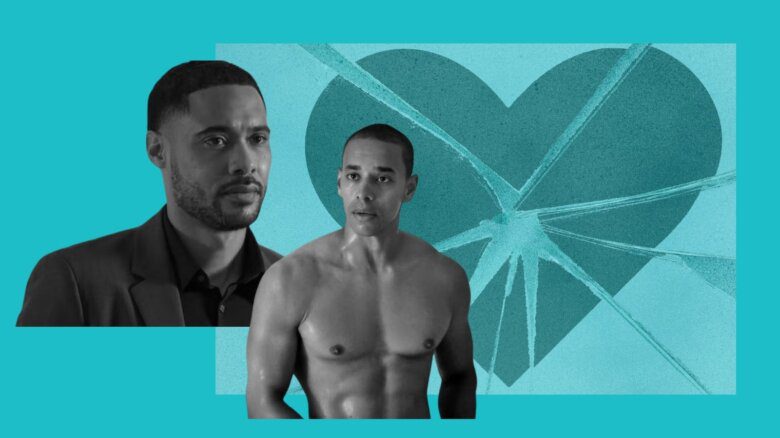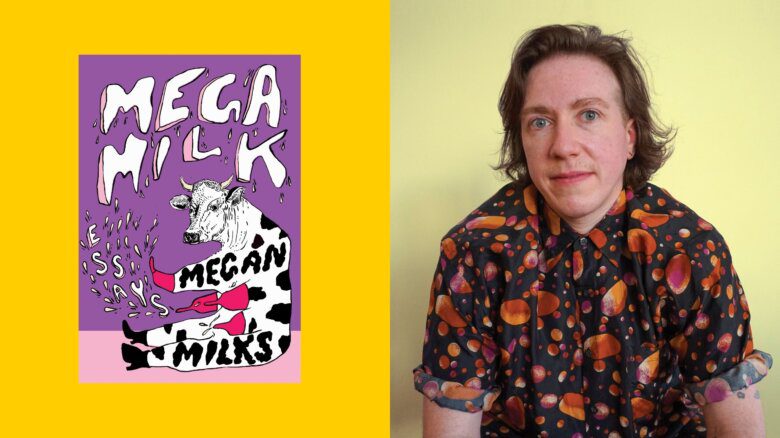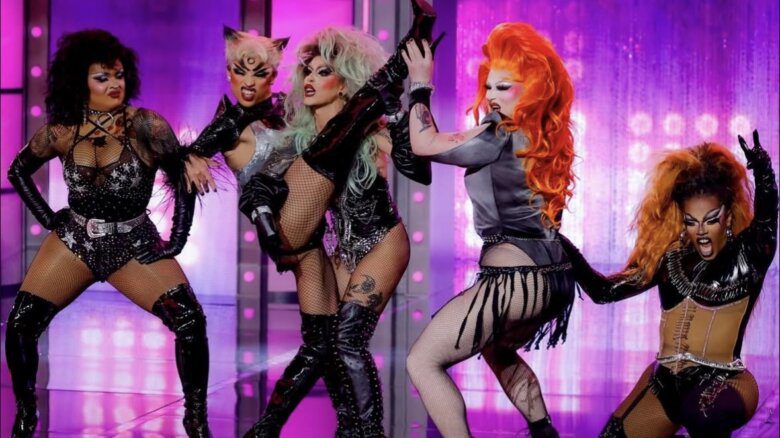They were the least likely of couples. At 48 Christopher Isherwood was already a seasoned writer, the author of Goodbye to Berlin (from which came the musical Cabaret), an in-demand screenwriter and the confidant of the famous from Auden to Stravinksy. At 18 Don Bachardy was merely an unformed schoolboy with vague dreams of being an actor. Then there was that pesky 30-year age difference. But when they hooked up in the early 1950s it was basically for life, until Isherwood’s death in 1986.
For a generation or two of gay men this was the stuff of legend. If these two disparate souls could hold it together, even at a time of pervasive homophobia, what was to stop the rest of us?
Details of the relationship emerged over the past decade and a half with the publication of volume one of Isherwood’s diaries and Peter Parker’s engrossing biography. But its inner workings have always been a little difficult to picture. In one of the most widely circulated photos of the duo together, a shot taken in 1953, Bachardy looks not just young, but too young. Like something between a waif and an angelic choir boy.
So it’s a relief to see some of the footage in the documentary Chris and Don: A Love Story — shots of Bachardy cavorting on the beach in Santa Monica and boating on the canals of Venice — where he looks not so much young as hot. I particularly enjoyed some very Technicolor footage of him strutting about the desert in some very short white shorts, very well filled.
For Isherwood fans, there’s not a lot new here. Tina Mascara and Guido Santi’s 90-minute documentary dutifully troops through the well-worn facts — the formative years in Berlin, the move to the US, interest in Hinduism and work in the Hollywood script factories. Interesting enough if you’re new to this stuff, but otherwise it’s the visuals that make it. That and the undeniable ardour of both parties.
It wasn’t love at first sight. The young Bachardy was more interested in actors than writers and Isherwood was initially more interested in Bachardy’s older brother Ted. But they gradually came together, worked through a number of serious issues surrounding sex and selfhood and somehow grew into unquestioning love. Bachardy became Isherwood’s path to spiritual enlightenment. Isherwood helped form Bachardy both as an artist and a man. His role was that of the arch villain, says Bachardy at the beginning of the film. Isherwood taught him all kinds of “wicked things” and “warped him to his mould,” but that was what he, “the boy,” wanted.
This is Bachardy’s film just because he’s here and alive and able to walk through the rooms where Isherwood lived. Still rather boyish in his 70s, he bicycles about Santa Monica and goes to the gym and paints handsome young men. It’s his astonishingly vigorous canvases that dominate the final frames.
But Isherwood is the ghost in the machine, animating the film with extracts from his books and diaries (read mostly by Michael York). So that the film forms a kind of counterpoint, the two distinct voices circling in and around each other in a duet for the ages.
 Why you can trust Xtra
Why you can trust Xtra


